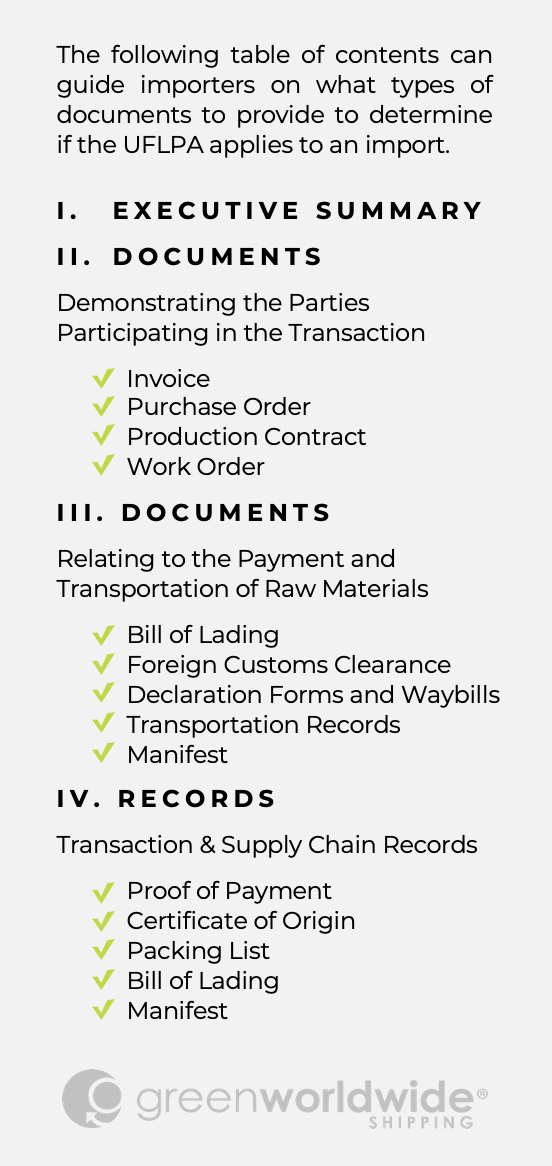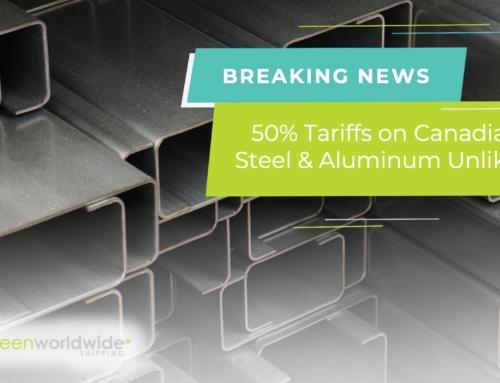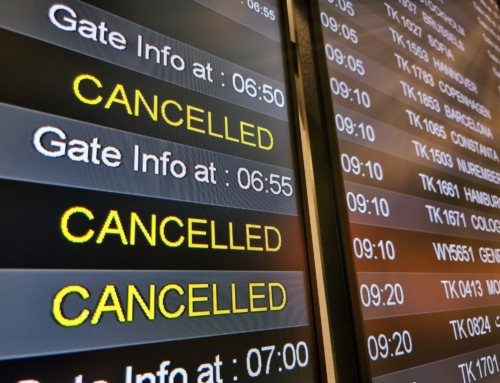 On February 23, Customs and Border Protection (CBP) released new guidance documents for importers on the applicability of the UFLPA. CBP encourages companies and importers to proactively monitor their supply chains and be aware of any suspicions or allegations of forced labor. This includes external audits, risk assessments, and supply chain screening tools.
On February 23, Customs and Border Protection (CBP) released new guidance documents for importers on the applicability of the UFLPA. CBP encourages companies and importers to proactively monitor their supply chains and be aware of any suspicions or allegations of forced labor. This includes external audits, risk assessments, and supply chain screening tools.
GUIDANCE FOR IMPORTER RESPONSIBILITIES
The rebuttable presumption of the Uyghur Forced Labor Prevention Act (UFLPA) applies to goods or merchandise sourced, manufactured, or produced, in whole or in part, in the Xinjiang Uyghur Autonomous Region (XUAR) or involving an entity on the UFLPA Entity List.
To demonstrate that the UFLPA does not apply to a shipment identified for examination, importers will need to provide all documents throughout the supply chain of that commodity. These include records illustrating all parties involved in the process, a summary of the parties’ roles, or a supply chain flow diagram. Invoices, contracts, and purchase orders show the origin of raw materials and their place of production. Packing list, bill of lading, or manifest with the country of origin of the imported good and its components.
UFLPA DOCUMENTATION
The following table of contents can guide importers on what types of documents to provide to determine if the UFLPA applies to an import.
Generic Sample Table of Contents: Documents for All Suppliers
Take a look at the following example:
When an importer of solar panels submits an applicability review for a specific shipment, it must provide all transactional, financial, and transportation documents, including packing lists, bills of lading, country of origin certifications, invoices, purchase orders, contracts, production records, input/output inventory, proof of payment and transportation records for all stages of the manufacturing process, from modules and solar cells to wafers, ingots, polysilicon, silicon, and quartzite.
Based on that documentation, CBP conducts an applicability review and determines whether the supply chain includes any inputs from the XUAR or an entity on the UFLPA entity list. If CBP determines the shipment complies with other applicable laws, it is released to U.S. commerce.
WHY SHOULD SHIPPERS BE PREPARED FOR UFLPA BEFORE IMPORTING?
- Be informed about possible risks, news, or complaints involving the products or suppliers flagged as high risk. In addition, inquire about labor transfer programs and trade links with the XUAR.
- Identify risks in your supply chain to reduce vulnerabilities and ensure you are not sourcing from XUAR.
- Be ready for a possible CBP detention, have all documents for the entire supply chain ready, and ensure your suppliers are informed about the UFLPA.
- When handling a high-risk import, contact CBP’s Center of Excellence and Expertise (“Centers”) before the goods arrive at the U.S. port of entry. Clear communication and a complete documentation package submitted before arrival will facilitate CBP’s review and expedite the cargo release.
WHAT TO DO WHEN YOU RECEIVE AN UFLPA DETENTION NOTICE?
- Immediately contact the CBP point of contact listed on the detention notice to ensure the following steps and resolve any questions.
- The importer has 30 days to export the goods or submit documentation to dispute the detention. The importer may request an extension if additional days are needed.
- Customs-Trade Partnership Against Terrorism (CTPAT) partners will have their admissibility packages prioritized for review by the appropriate Center.
HOW TO PREPARE AN UFLPA DOCUMENTATION PACKAGE FOR SUBMISSION TO CBP?
- Ensure documentation is complete, accurate and English translations are available for easy reading and comprehension by CBP.
- Notify CBP when making an exact importation into a previously reviewed supply chain for which the goods were deemed admissible. This can expedite the application review process by providing a summary report that includes suppliers/producers at all stages of production and a commercial record.
- If CBP requests additional information, provide it promptly to avoid significant delays.
Stay up-to-date on freight news with Green’s Weekly Freight Market Update by following us on Facebook, Instagram, and LinkedIn. For continuous updates, make sure to check out our website at greenworldwide.com.






